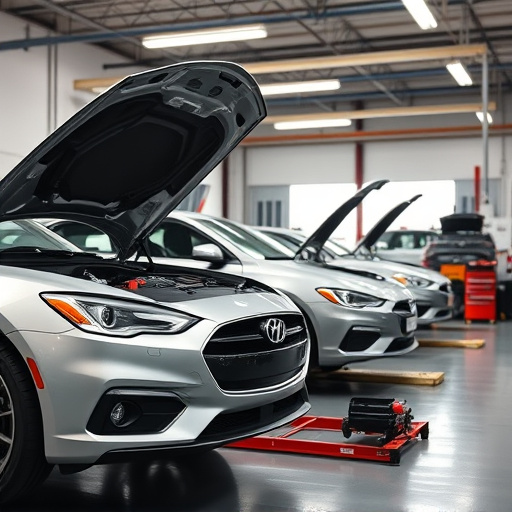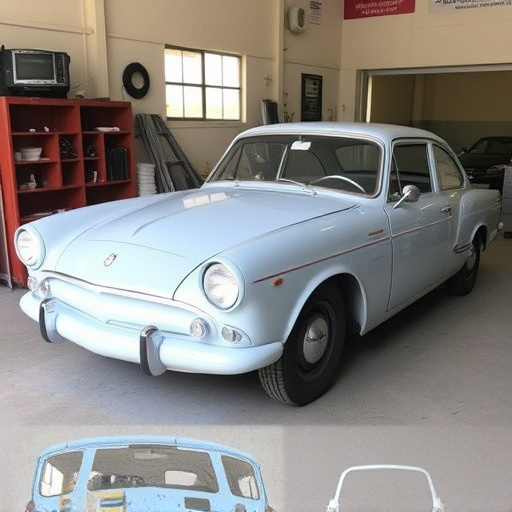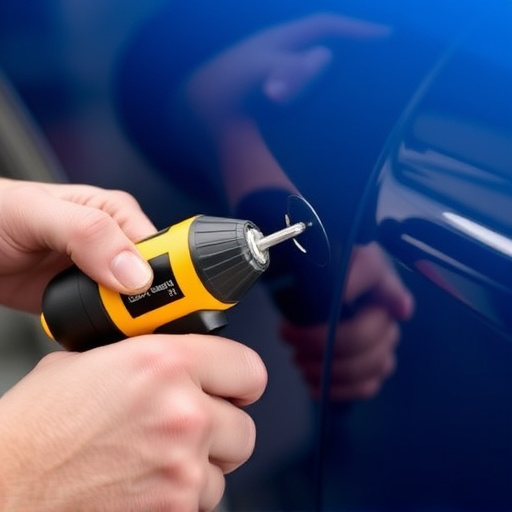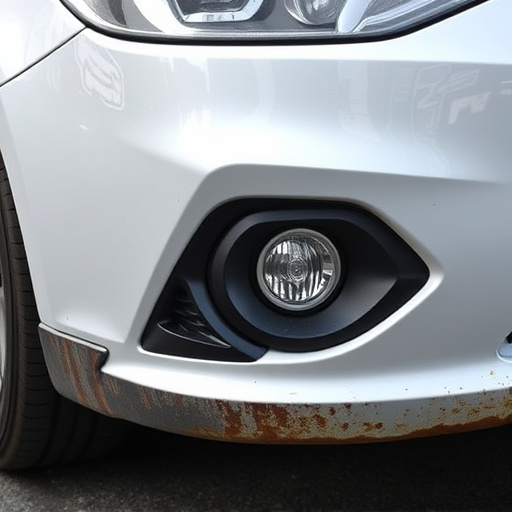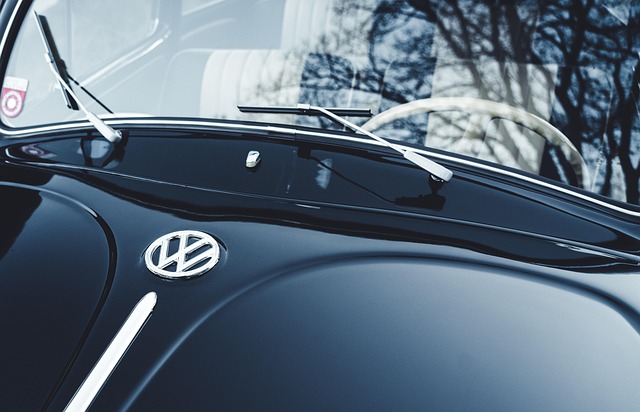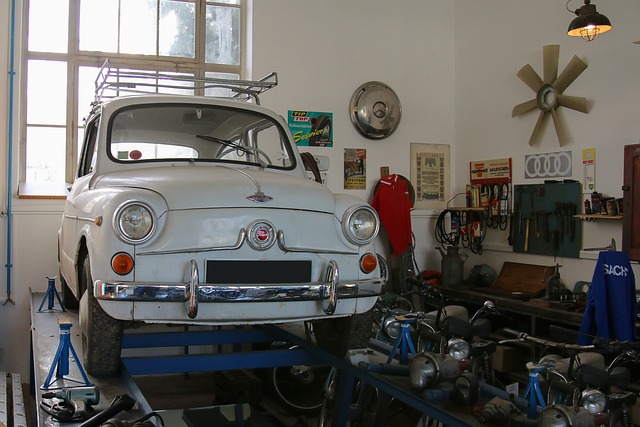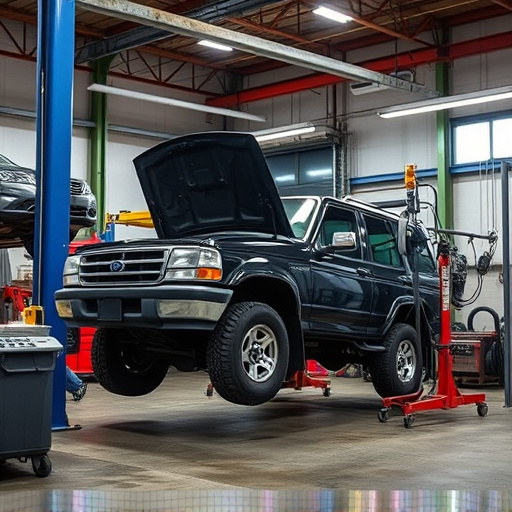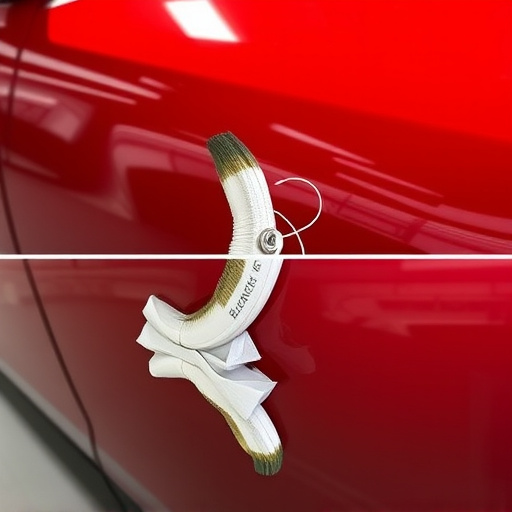Waterborne paint technology offers an eco-friendly alternative to solvent-based paints, using water as a solvent with minimal or no VOCs. This system provides excellent coverage and quick drying times, suitable for various surfaces like metal, plastic, and some woods. Its low odor and superior adhesion make it ideal for auto bodywork and architectural coatings. To maximize its potential, collision center professionals should focus on advanced surface preparation techniques and precise application methods using specialized equipment, ensuring flawless finishes with minimal waste.
Waterborne paint technology has revolutionized the way we approach coatings, offering a more sustainable and versatile alternative. This article provides advanced tips and insights into harnessing the potential of waterborne paints. From understanding the basic principles and exploring its environmental benefits to uncovering innovative techniques for optimal results, we demystify this cutting-edge technology. Discover how waterborne paints are transforming industries, ensuring superior performance while promoting eco-friendliness.
- Understanding Waterborne Paint Technology: The Basics
- Advantages and Applications of Waterborne Paints
- Advanced Techniques for Optimal Results with Waterborne Paint Technology
Understanding Waterborne Paint Technology: The Basics
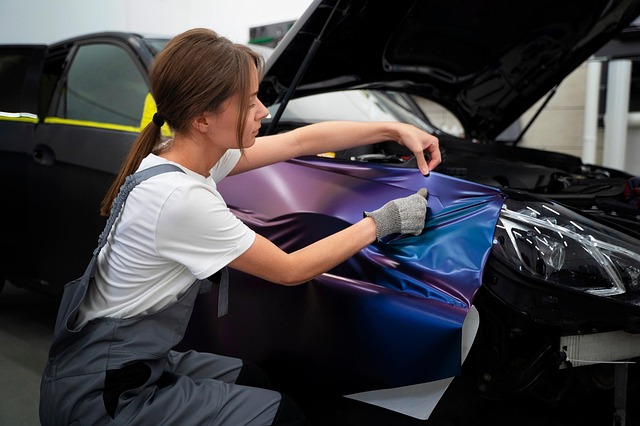
Waterborne paint technology has revolutionized the way we approach vehicle bodywork and collision centers. This innovative system uses water as a solvent instead of traditional organic solvents like VOCs (Volatile Organic Compounds). The benefits are numerous; it’s environmentally friendly, reduces the risk of harmful fumes for workers, and provides an excellent finish with minimal dry time.
At its core, waterborne paint is designed to adhere well to various surfaces, including metal, plastic, and even some types of wood. Its low odor and quick curing time make it a preferred choice not just for auto bodywork but also for any project requiring precise, long-lasting coverage. Understanding this technology’s fundamentals can help professionals in the collision center optimize its use, ensuring superior results in every repair job.
Advantages and Applications of Waterborne Paints
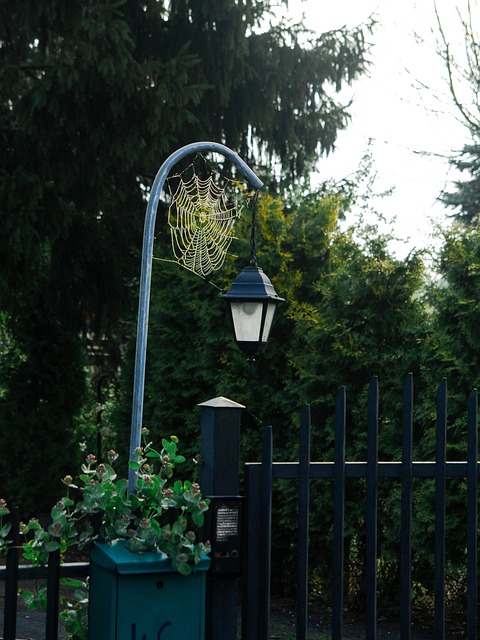
Waterborne paint technology offers a range of advantages over traditional solvent-based paints, making it a preferred choice for various applications. One of its key benefits is environmental friendliness; waterborne paints contain minimal or no volatile organic compounds (VOCs), reducing air pollution and ensuring safer working conditions during application. This technology also provides excellent covering power, allowing for quicker drying times and reduced paint consumption, which translates to cost savings.
The versatility of waterborne paint technology is evident in its diverse applications. It is widely used in industrial settings, such as vehicle body repair and auto dent repair, where its fast drying time and superior adhesion are valuable assets. Additionally, waterborne paints find use in architectural coatings, offering a range of finishes from matte to glossy, suitable for both interior and exterior surfaces. This technology’s ability to provide a smooth finish with minimal film build-up makes it ideal for decorative purposes, ensuring aesthetic appeal while maintaining the structural integrity of various materials.
Advanced Techniques for Optimal Results with Waterborne Paint Technology

Maximizing the potential of waterborne paint technology requires a combination of advanced techniques and an understanding of its unique properties. One key aspect is achieving the right preparation of surfaces before painting. This involves thorough cleaning, priming, and ensuring the substrate is free from any contaminants to promote optimal adhesion. Professional painters often use specialized equipment like sandblasters or power washers for meticulous surface readiness, especially in collision repair or auto painting scenarios where precision is paramount.
Another advanced technique is the precise control of paint application. Waterborne paints offer excellent coverage and fast drying times, but their performance can be further enhanced by controlling spray patterns and air pressure during application. This ensures even coating and minimizes overspray, which is particularly beneficial in car damage repair situations where minimizing waste and achieving a flawless finish are paramount goals.
Waterborne paint technology offers a versatile and environmentally friendly solution for various painting needs. By understanding its basics, leveraging its advantages, and mastering advanced techniques, professionals can achieve superior results while reducing environmental impact. Incorporating these tips into your workflow ensures optimal performance and contributes to a more sustainable future.
